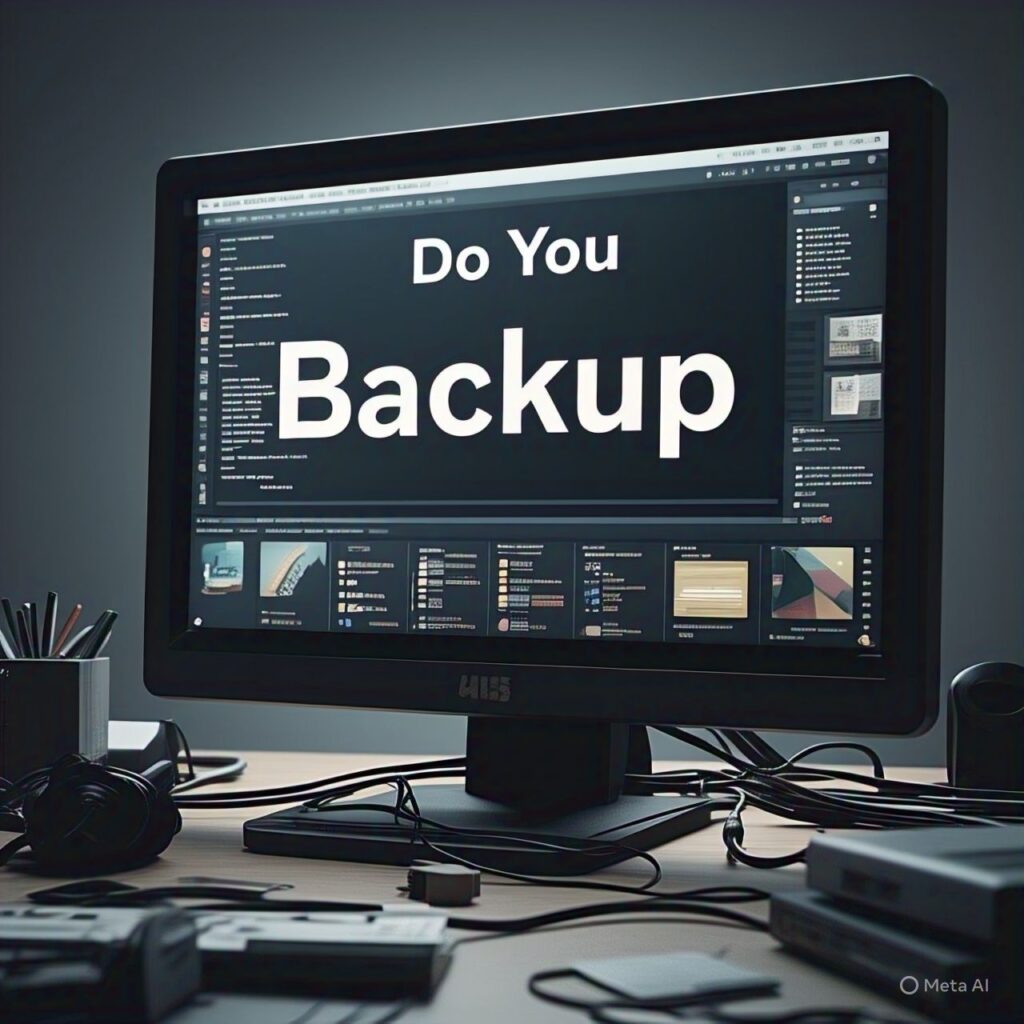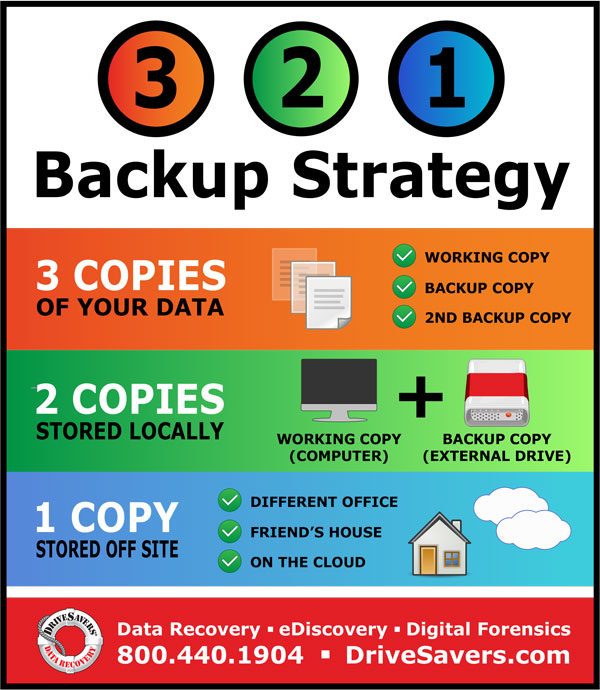
Do you backup?
It’s a common oversight, yet a critical one: many individuals risk losing invaluable digital memories and essential documents by not regularly backing up their data. While older studies, such as one from 2012 by Seagate and Harris Interactive, reported that roughly 19% of men and 30% of women did not engage in data backup, more recent analyses indicate that a substantial portion of the population continues to neglect this crucial practice.
According to Backblaze’s 2024 “State of the Backup” report, a significant number of people still do not back up their data at least once a year. Their findings suggest that approximately 27% of men and 34% of women fall into this category. These figures highlight a persistent vulnerability, as without proper backups, personal photos, important documents, financial records, and other digital assets are susceptible to permanent loss due to hardware failures, accidental deletion, cyberattacks, theft, or natural disasters like fires or floods.
Given these sobering statistics, it’s vital to ask yourself: Do you have a robust backup strategy in place for your digital life?
To safeguard your precious data, consider adopting the widely recommended 3-2-1 Backup Rule. This simple yet powerful strategy provides a layered defense against data loss:
- Save at least three copies of your data. This includes your original files on your primary device (e.g., your computer) and two separate backup copies. The principle here is redundancy – having multiple copies significantly reduces the risk of total data loss if one copy becomes corrupted or inaccessible.
- Keep the backed-up data on two different storage types. Diversity in storage mediums is key to mitigating risks associated with a single technology. For example, you could store your original data on your computer’s internal hard drive, keep a second copy on an external hard drive, and a third copy on a network-attached storage (NAS) device or in a cloud storage service. This protects against issues inherent to a specific type of storage, such as an external hard drive failing.
- At least one copy of the data should be offsite. This is arguably the most critical component of the 3-2-1 rule. An offsite copy ensures your data is protected even if a local disaster (like a fire, flood, or theft) affects your primary location and all local backup devices. Cloud backup services are an excellent solution for offsite storage, automatically syncing your data to secure, remote servers. Alternatively, you could physically store an external hard drive at a friend’s house, a safe deposit box, or a secure office location that is geographically separate from your home.
Implementing the 3-2-1 backup rule might seem like an extra step, but the peace of mind it offers and the potential for saving irreplaceable data are immeasurable. Don’t wait until it’s too late to realize the value of your digital life. If you’re ready to enhance your data security and need assistance setting up a reliable offsite backup solution, we can help guide you through the process.

